HESI RN Nursing Specialty Proctored Exam
HESI RN Nursing Specialty Proctored Exam
Total Questions : 78
Showing 10 questions Sign up for moreThe practical nurse (PN) is caring for a postpartum client who delivered 5 hours ago and has saturated a perineal pad with a few clots within 15 minutes.
Which action is most important for the PN to implement?
Explanation
The most important action for the PN to implement is to **assess the vital signs**. Saturation of a peripad within 15 minutes to 1 hour after delivery must be promptly reported. Data such as the amount of bleeding, the condition of the uterus, checking the maternal vital signs, and observing for signs of shock would play a vital role in the care of the patient with hemorrhage¹. Early recognition and treatment of PPH are critical to care management.
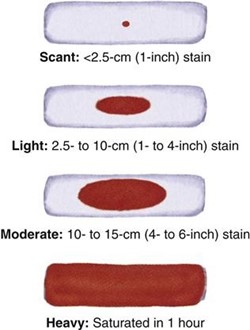
Another person tells the practical nurse (PN) that her 7-year-old child frequently wets the bed at night. Which information should the PN provide?
Explanation
The PN should provide the information that it may be helpful to **try withholding fluids after supper and before bedtime**. Bedwetting is common and often runs in families. It can be upsetting, but most children and young people will grow out of it³. It’s not unusual for kids to wet the bed at night. Known formally as pediatric enuresis, uncontrolled nighttime urination affects as many as 5% to 10% of 7-year-olds in the United States.
The practical nurse (PN) enters an examination room to gather routine health information for a teenage female client who is accompanied by her mother. Which action by the PN is likely to facilitate accurate responses to personal and social history questions?
Explanation
The action by the PN that is likely to facilitate accurate responses to personal and social history questions is to **request that the mother leave the exam room**. The personal and social history contains many areas of special sensitivity to adolescents including such issues as drug and alcohol use and sexual activity. The teen should provide the personal and social history, not the parent⁴.
Following the prenatal clinic's screening protocol, the practical nurse (PN) is preparing laboratory prescriptions for clients who are scheduled to be seen today. Which screening test should be scheduled for a client who is gravida 4 para 3 at 16-weeks gestation?
Explanation
The screening test that should be scheduled for a client who is gravida 4 para 3 at 16-weeks gestation is **Maternal serum alpha-feto protein (MSAFP)**. Second trimester prenatal screening may include several blood tests, called multiple markers. These markers provide information about a woman's risk of having a baby with certain genetic conditions or birth defects. Screening is usually done by taking a sample of the mother's blood between the 15th and 20th weeks of pregnancy (16th to 18th is ideal)².

The practical nurse (PN) caring for a 3-month-old boy one day after a pyloromyotomy notices that the infant is restless, is exhibiting facial grimaces, and is drawing his knees to his chest. What action should the PN take?
Explanation
The infant's symptoms are consistent with postoperative pain, which can be expected following a surgical procedure like pyloromyotomy. The PN should administer the prescribed analgesic medication to relieve the infant's discomfort and pain. It is crucial to manage pain appropriately in infants to promote healing, improve feeding tolerance, and prevent complications.
Option A is not appropriate as the infant's symptoms are not indicative of hypoglycemia.
Option C is not appropriate as the infant's symptoms do not indicate hypothermia.
Option D is not appropriate as the infant's symptoms do not indicate dehydration.
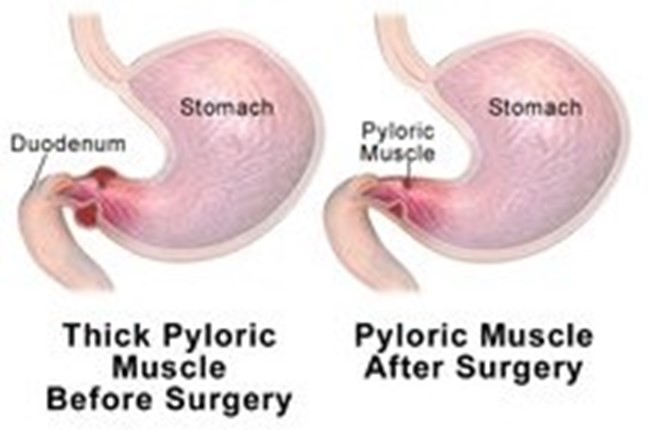
A normal newborn is admited to the nursery and receives an injection of Phytonadione. The father is watching the nurse administer the injection and asks the practical nurse (PN), "Will my baby get another injection before we can go home?"
Which response is best for the PN to provide?
Explanation
The best response for the PN to provide is that **an immunization may be administered for hepatitis B, and a consent form must be signed**. Phytonadione is a form of vitamin K that is given to newborns to prevent vitamin K deficiency bleeding (VKDB)¹. Vitamin K should be administered to all newborn infants weighing>1500 g as a single, intramuscular dose of 1 mg within 6 hours of birth¹. However, this is not the only injection your baby may receive while in the newborn nursery. An immunization for hepatitis B may also be administered before you can go home⁴.
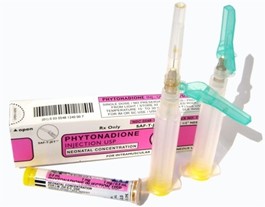
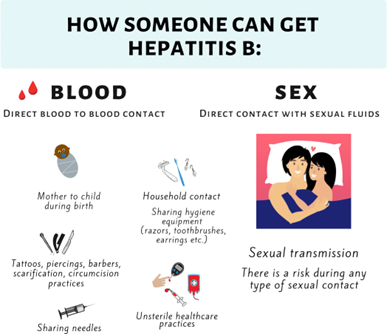
The practical nurse (PN) is caring for a 4-year-old girl with a moderate developmental disability. Which is the primary goal of treatment for a child with a developmental disability?
Explanation
The primary goal of treatment for a child with a developmental disability is to help the child reach their full potential, despite their disability. This involves identifying and addressing any barriers to the child's development and providing them with the necessary support and interventions to promote their growth and development. It is important to focus on the child's abilities and strengths rather than their limitations.
Option B is incorrect as it focuses on rehabilitation, which is not the primary goal of treatment for a child with a developmental disability.
Option C is incorrect as it refers to preventing further disability, which may not always be possible depending on the cause of the disability.
Option D is incorrect as it focuses on social acceptability, which is not the primary goal of treatment for a child with a developmental disability.
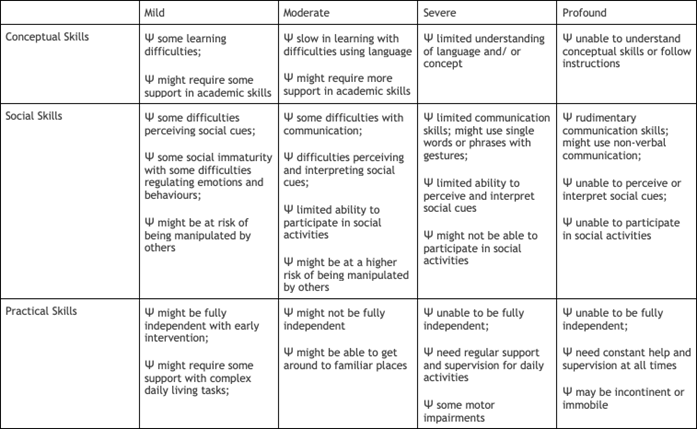
An older female client is admited to the orthopedic unit following surgical repair of a fractured hip. On the second postoperative day, the client becomes confused and repeatedly asks the practical nurse (PN) where she is. Which information should the PN obtain before reporting to the charge nurse?
Explanation
The practical nurse (PN) should obtain information about the client's current medications, including any analgesics or antianxiety medications that may be contributing to the confusion. These medications can cause cognitive impairment and confusion, especially in older adults. It is important to assess the client's mental status and identify any potential causes of confusion, as this can indicate a change in the client's condition that requires further evaluation and intervention.
Option B is incorrect as it refers to a history of situational depression, which may not be relevant to the current situation.
Option C is also incorrect as it refers to previous falls, which may not be related to the current confusion.
Option D is incorrect as it refers to the client's history of alcohol abuse, which may be important to know but is not the most relevant information to obtain in this situation.
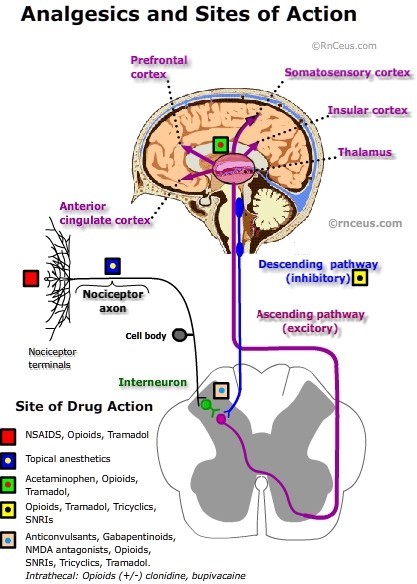
The mother of a child who is hospitalized with croup and is in a mist tent brings the child's favorite stuffed animal to the hospital. Which action should the practical nurse (PN) take?
Explanation
Answer: B. Limit play with the stuffed toy when out of the tent.
Rationale:
A) Spray the toy with disinfectant before placing it in the tent: Disinfecting the toy may not be necessary unless the toy is visibly soiled. Moreover, the use of disinfectants around the child may pose a risk of respiratory irritation, making this option inappropriate.
B) Limit play with the stuffed toy when out of the tent: This action is appropriate as it helps minimize the risk of cross-contamination and reduces exposure to potential allergens or irritants that may worsen the child's condition. Keeping the toy limited to the tent allows for a safer environment for the child.
C) Allow the child to have the stuffed toy in the tent: While having a favorite toy can provide comfort, it’s crucial to ensure that the toy does not harbor germs that could exacerbate the child's illness. In a mist tent, moisture can also promote mold growth on soft toys, so extra caution is necessary.
D) Ask the mother to wash the toy daily at home: While washing the toy is a good practice, this option does not directly address the immediate care in the hospital setting. Daily washing might not be feasible for the mother during the hospital stay, and it does not focus on minimizing exposure during the child’s hospitalization.
A postpartum client who is Rh-negative refuses to receive Rho(D) immune globulin after the delivery of an infant who is Rh-positive. Which information should the practical nurse (PN) provide this client?
Explanation
When a Rh-negative mother gives birth to a Rh-positive baby, there is a risk that the mother's immune system will develop antibodies against the Rh-positive factor. These antibodies can cross the placenta in future pregnancies and atack the Rh-positive fetus, leading to hemolytic disease of the newborn. Rho(D) immune globulin is given after delivery to prevent the formation of these antibodies. The PN should explain this to the client and encourage her to reconsider her refusal of the treatment. Answers A, B, and C are incorrect and do not provide accurate information.
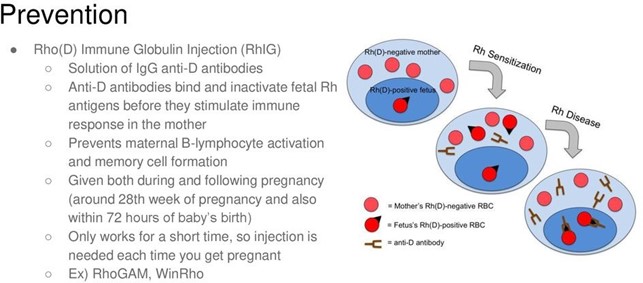
You just viewed 10 questions out of the 78 questions on the HESI RN Nursing Specialty Proctored Exam Exam. Subscribe to our Premium Package to obtain access on all the questions and have unlimited access on all Exams. Subscribe Now



